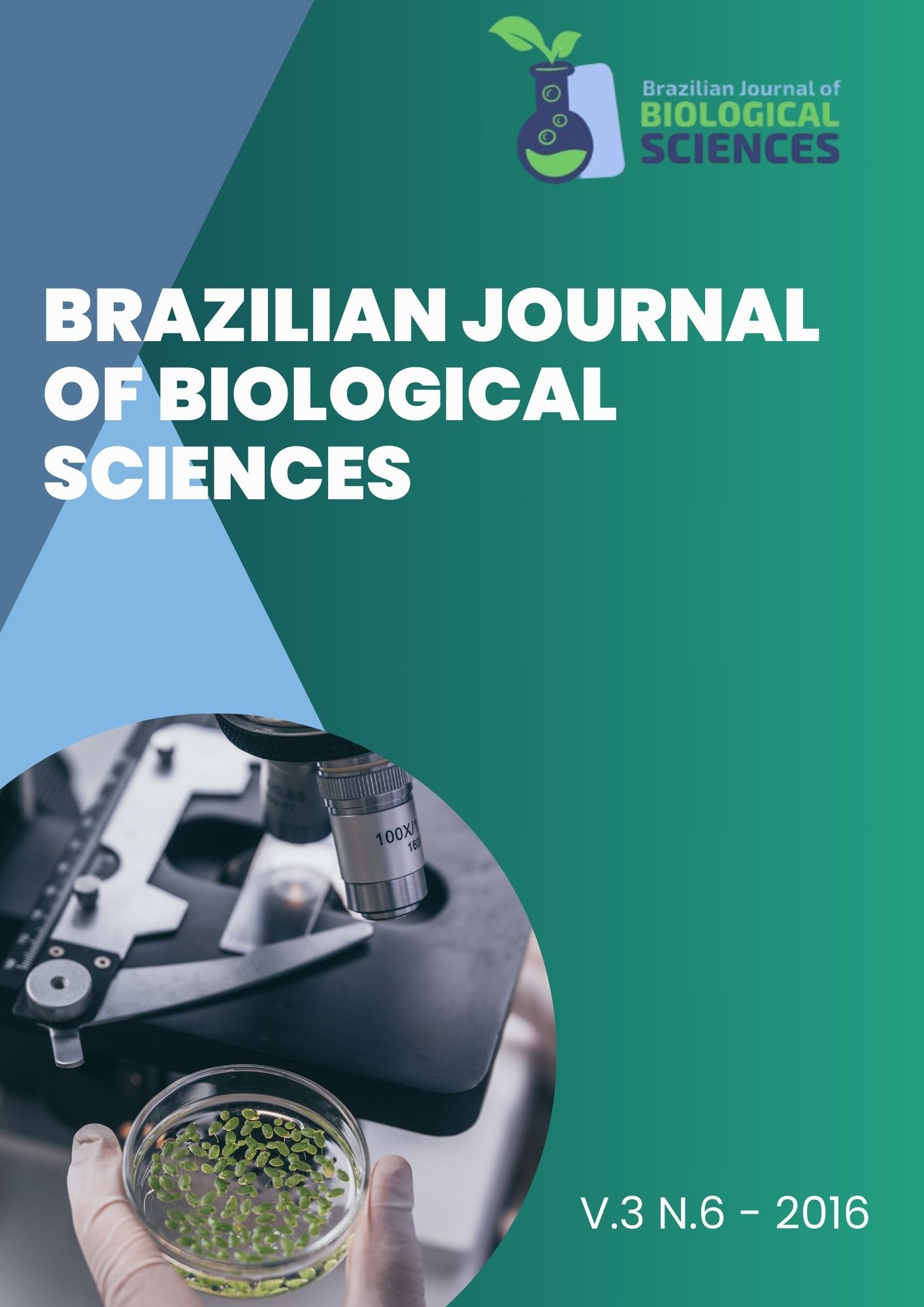Biomass as a raw material for energy production
Tsatiris Michael and Kyriaki Kitikidou
e227
In this paper, the meaning of biomass is defined and it is explained why it is a potential source of energy. The utilization of biomass as an energy source is based on heat energy production during its combustion. The solar energy captured and stored by plants is released in the form of heat...





